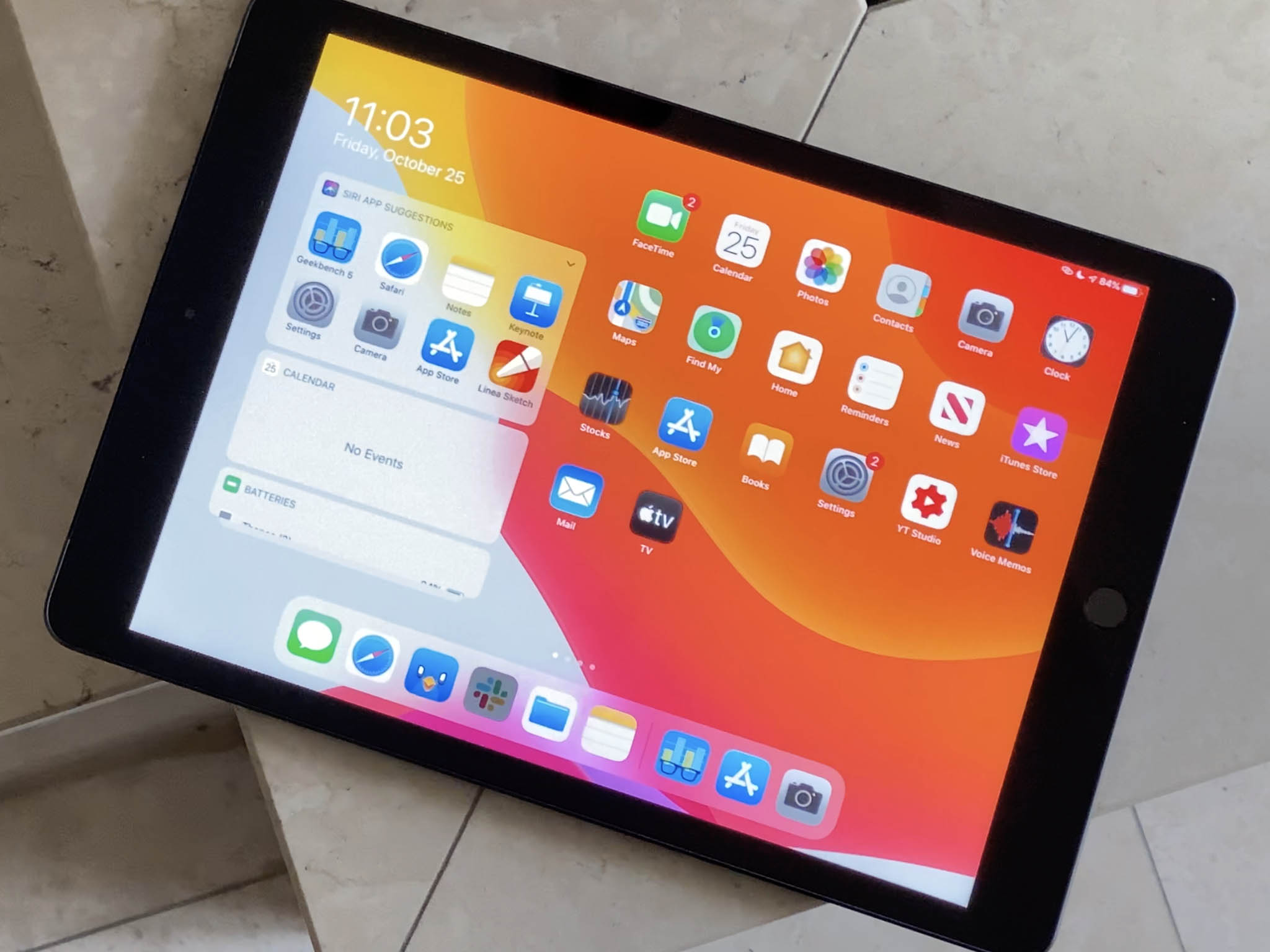When Apple introduced the 6th generation, 9.7-inch iPad with Apple Pencil support starting at $329, many of us called it the best deal in tech.Now, Apple has introduced the 7th generation, 10.2-inch iPad with Apple Pencil and Smart Keyboard support, still starting at $329, the obvious question became — is it now an even better deal? So, is it?
iPad 7 (2019): Design
Last year's entry-level iPad felt like the love child of the original iPad Air and the iPad Air 2. This one, not surprisingly, feels much the same. Except, now, the original iPad and iPad Air 3.
The color options are the same: Silver, space gray, and gold. So is the design, all bezels and Touch ID. The size is almost the same. Same height, same weight, just ever so slightly thicker and heavier, not that I can really notice.
The iPad 7 display, at 10.2 inches and 2243 by 1668 pixels, is comfortably bigger than last year's iPad 6, which was 9.7-inches at 2048‑by‑1536. But, not quite as big as this year's iPad Air 3, which is 10.5 inches at 2160 by 1620 pixels.
That I can notice, but only when holding them side-by-side. Using either one of them alone and the difference is small enough it effectively disappears. The same isn't true with the rest of the display tech. The iPad 7 isn't laminated like the Air 3, it doesn't have the same anti-reflective coating, it's sRGB gamut rather than the wider DCI-P3 gamut, and it doesn't have Apple's TrueTone ambient color temperature matching, so it can look a little blue in warm light and yellow in cold light. It's also not 120hz dynamic refresh like the last couple of iPads Pro.
I notice all of that because I'm used to the iPads that have all of that. And it's really hard going back. Coming from an iPad Air 1 or older, or an iPad 5 or 6, you'll see no difference because there's no difference to see. Other than the display is bigger now than any of those. And for the target market, kids and parents, first-timers and long-timers, bigger is better.
For productivity, it lets you side-by-side app bigger. Web browser on one side, notes on the other. Keynote or Pages filling the screen. Microsoft Office the app or GSuite the website, now in desktop-class Safari. For creativity, it lets you draw or paint or compose or edit just that much more easily.
iMore offers spot-on advice and guidance from our team of experts, with decades of Apple device experience to lean on. Learn more with iMore!
9.7- to 10.2-inches doesn't sound like that much of a difference, but at this scale, when you touch it, when you use it, it makes all the difference.
iPad 7 (2019): Performance
Some people might assume anyone interested in buying a $329 iPad isn't interested in the silicon running it. I'm not those people. Just because price might be high on the feature list doesn't mean performance and power efficiency aren't right up there as well. Because, what you pay is important. The value you get for what you pay is even more important.
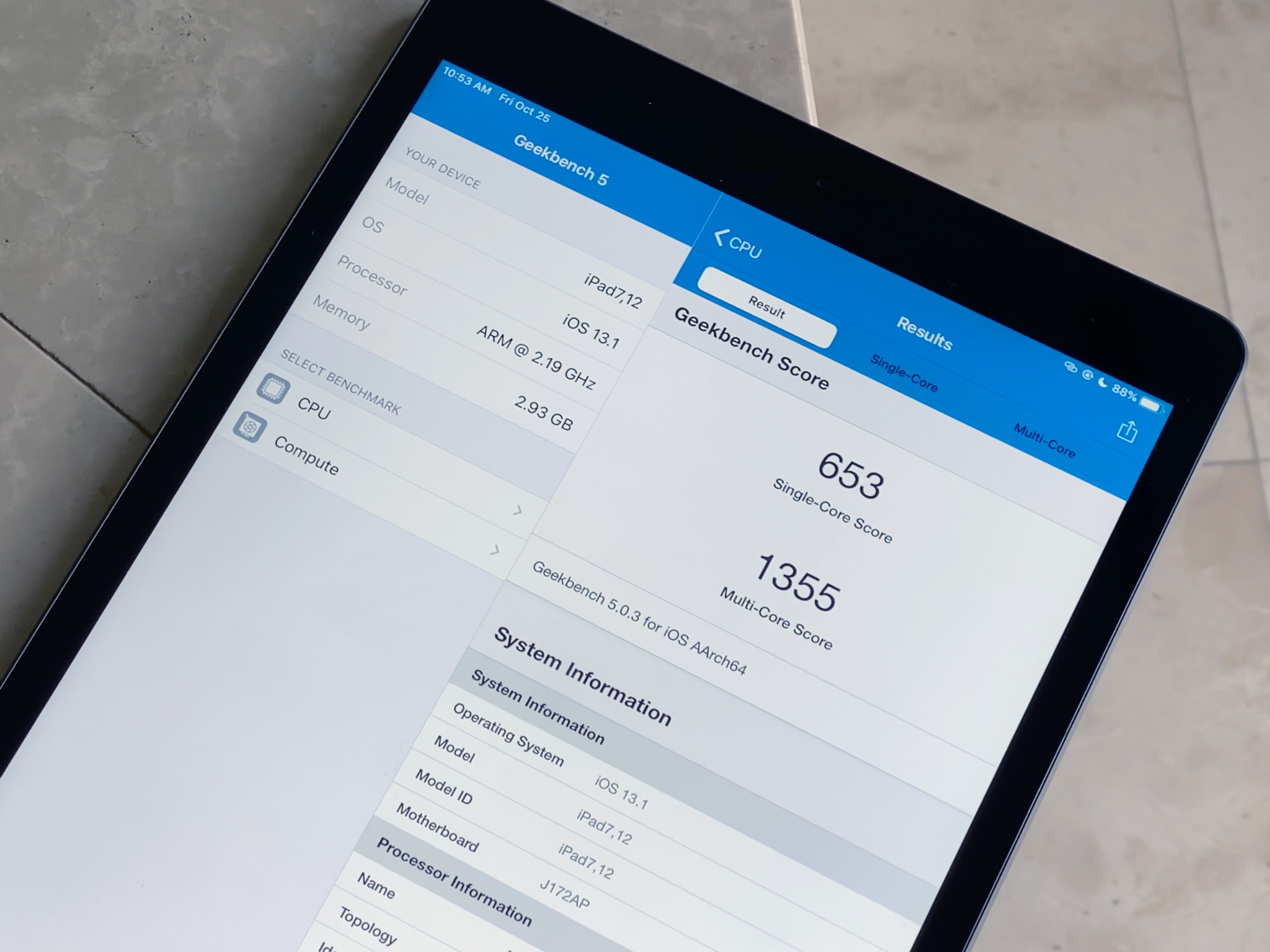
So, here, at the heart of the machine, you have the Apple A10 Fusion. It's the chipset that debuted with the 2016 iPhone 7, and Apple's first performance.EFFICIENCY processor.
It's not the A12X powerhouse that's in the current generation iPads Pro. The ones that make Intel's coreM cry. It's not the regular A12 in the 10.5-inch iPad Air from earlier this year either, or the previous A10X Fusion from the 10.5-inch, 2017, iPads Pro. In point of fact, it's exactly the same A10 Fusion that was in last year's 9.7-inch iPad 6.
So, on one hand, no real upgrade here. But, on the other, I don't think many people, if any people, are upgrading entry-level iPads every year either. No schools or enterprise mass-purchasers, especially.I would have loved to have seen Apple take the iPad to A11. Sorry, I'm never not going to use that line.
The additional and independent cores would have been great to offset the extra pixels in the display, and to add to the overhead for future operating systems and software. And the first-gen neural engine block would no doubt have helped with machine learning tasks. In practice, I haven't seen any real impact so far. The A10 still has enough performance to handle the web and apps as well this year as last. That includes some of the more strenuous augmented reality and art apps I tried out. Which is what will likely be most important to kids using them at home and at school, and companies using them in the office and out on the field.
It's not going to handle the highest end creative or pro apps with anywhere nearly the speed and scalability, of course. But that's why there are higher end iPads for pros. As to the headroom, we're just going to have to wait and see how long the A10 remains not just supported but sufficient. My guess is, a few years still at least.
Wi-Fi is the same as last year and same as the Air as well. Up to 866 Mbps MIMO. Bluetooth is 4.2, unlike the 5.0 on the Air. Cellular has been boosted to gigabit, though, which is a big improvement over last year's 300 Mbps, and on par with the Air. Great news for anyone who's looking or needing to take an iPad on the road.
Battery life has been consistent as well. Apple rates it at the exact same 10 hours of web surfing on Wi-Fi, 9 hours on cellular, as pretty much every other iPad ever, mini, Air, Pro, whatever, and year after year, they've gotten really good at hitting that number.
iPad 7 (2019): Cameras
The biggest thing I didn't like about last year's entry-level 9.7-inch iPad was the camera system. Well, this year's entry-level 10.2-inch iPad has kept the exact same one.
The good news — or worse news, depending on your perspective? — is that it's also still really not far behind this year's iPad Air or iPad mini either. They're all 8-megapixel, f/2.4, with 1080p 30fps video on the back. Which isn't great for me because I'm hooked on the current iPhone 11 Pro's 12-megapixel, f/1.8, with 4K 60fps…
Likewise, the front camera is the same 1.2-megapixel, 720p sensor as last year, not the updated 7-megapixel 1080p sensor on the new Air. Which is kinda a crime against selfies.
I mean, I get it. Apple wants to hit a low, low price point with non-Pro iPads in general and the entry-level in particular. That means something has to give. There have to be compromises. And with the screen getting bigger, there's no budget left for the camera system to get better. At least not this year. It does mean I can't recommend you use these as your primary cameras to capture your most important memories, not unless they're absolutely the only option you have.
But, for most of its intended use cases — for anyone who just needs to shoot a photo or some video to use for a project at home or at school, or scan a document at work or on the road, these cameras are serviceable.
Still, I'd love it if Apple could find a way for them to be more. Even on the entry-level.
iPad 7 (2019): Smart Keyboard
The Apple Pencil story for the entry-level iPad is the same this year as it was last. It uses the original, first-generation Pencil. Yes, the one you can quick charge in the Lightning port at the coffee shop and will make fun of up until and maybe even after it saves your butt by letting you do just that.
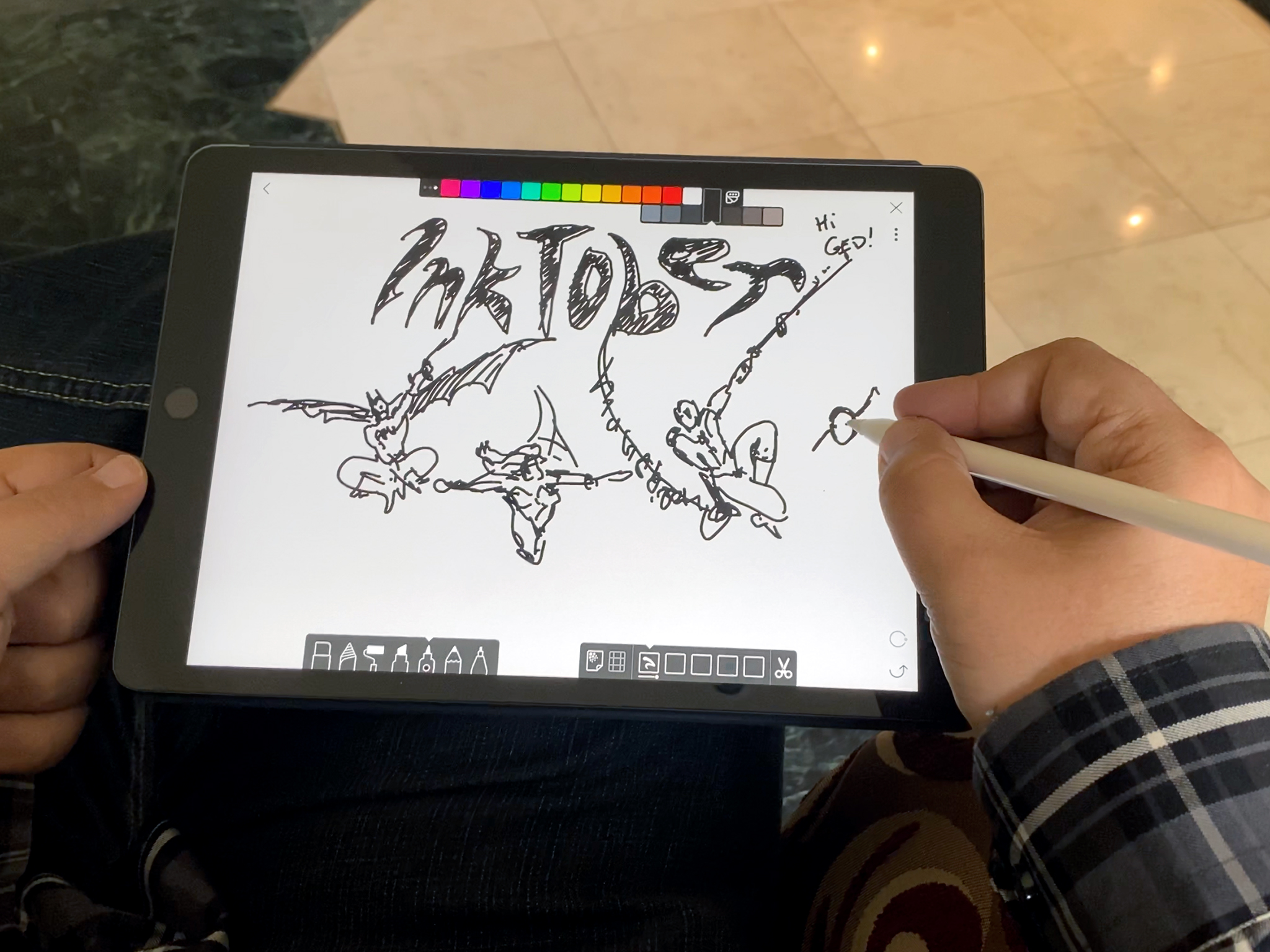
Thanks to iPadOS — iOS 13 for iPad — it's even more responsive than ever before. And, yes, it still works with the Logitech Crayon as well, if that's what you prefer to use or deploy. I loved it when Apple introduced it with the original iPad Pro in 2015 and I still love it today. No digitizer layer, no air extra air gap, no reticule, just fast, satisfying draw what I want and what I want gets drawn.
It's not as singular or convenient as the magnetically charging Apple Pencil 2 that works with the current generation iPads Pro, but it still works great.
What's new on the accessory side this year is Smart Keyboard support, which I also love. I'll go so far as to guess the entire reason Apple went to this size for the entry-level iPad is so that it could fit the full-size Smart Keyboard Apple debuted with the 10.5-inch Pro and re-upped with the 10.5-inch Air.
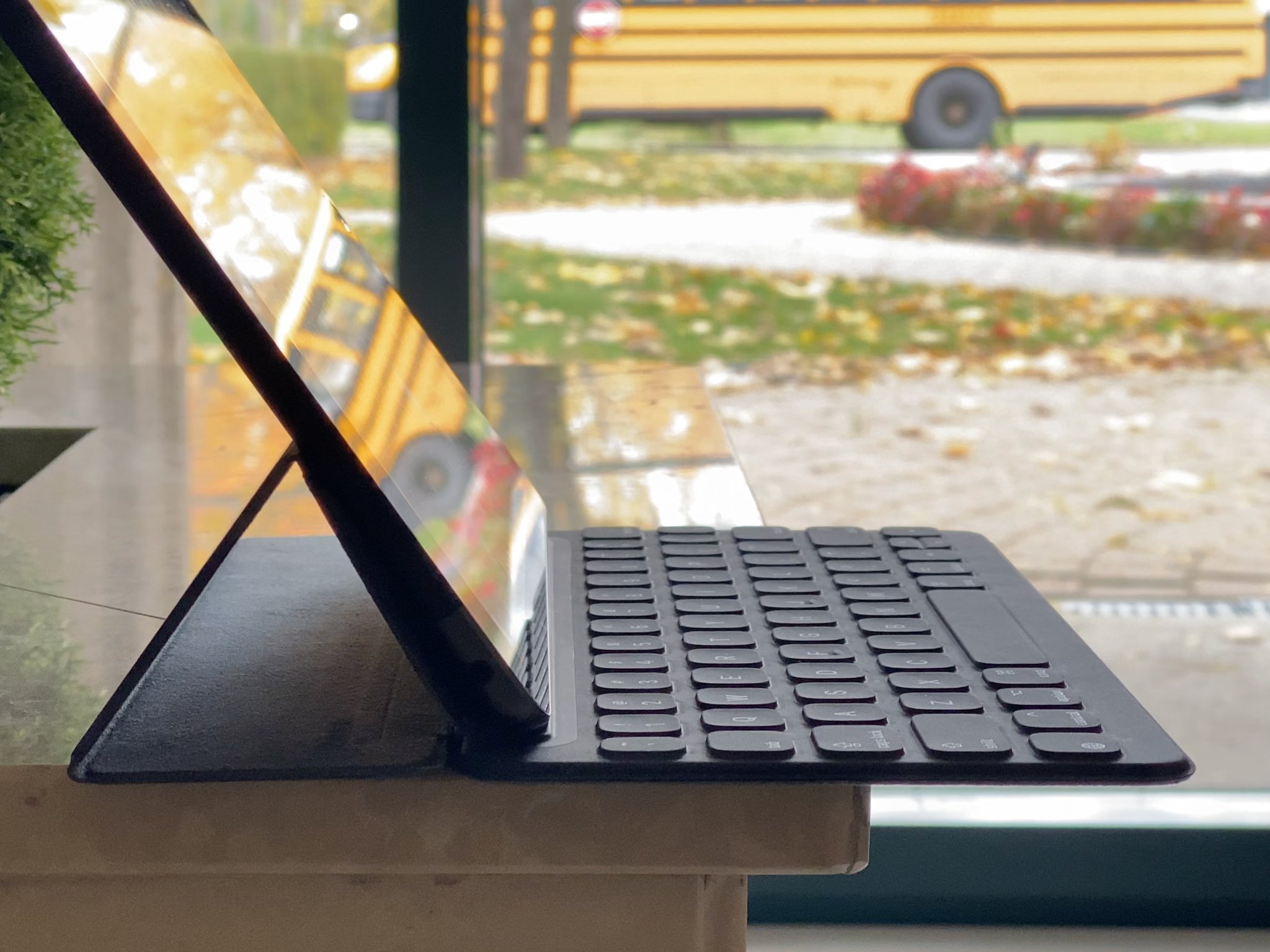
I've been using one, day in, day out, since they came out in 2017 and I'm still really happy with it. it works great. It feels great. And it's pretty much spill-proof, which is especially great for education and a lot of other sectors. I think I even like this, origami-like version more than the next-gen folio model Apple began selling with the current iPad Pro.
Should an iPad need a pencil and a keyboard? Should paper need a pen or a typewriter?
Yes. Yes. Fingers are great but sometimes you want the precision of the pencil and speed of the keyboard and having both doesn't make the iPad any less a tablet. It makes it more a tool.
Sure, they greatly inflate the starting price, and for some they just won't be worth it. But I'd argue they greatly increase the value, so for me, they're more than worth it. Even for the entry-level.
iPad 7 (2019): Conclusion
This year the entry-level iPad has a bigger screen and an optional Smart Keyboard. If you want a one-line review or summation, that's it. But it belies just how much better those two differences make this new iPad, especially with a price that's stayed the same — $329.
For perspective, a couple of years ago, Apple introduced a 10.5-inch iPad Pro starting at $649. And I loved it. It was my primary iPad, which means my primary computer for everything but video, for over a year. Until the current version came out.
Now, just over 2 years later, Apple is introducing a 10.2-inch iPad starting, like I said, at $329.
It doesn't have the same display, camera, or even starting storage, but it runs all the same apps, with the same pencil, and even the same keyboard. So, functionally, it's not too dissimilar to the old Pro, and again, starting at only $329.
Last year, I called the iPad 6 half a pro for half the price. Since then, Apple has seriously escalated the Pros with a new design and new capabilities.
So much so, I can't call the iPad 7 three-quarters of a pro for a third the price, and be done with it. I'm terrible at fractions anyway. But I'm also amazed at how well and how fast Apple continues to push iPad Pro technology down into not just the mid-range but the entry-level iPads as well.
I mean, who would have guessed the biggest rival to the 2019 iPad Air would legit be the 2019 iPad nothing?
But it is. It totally is. And for anyone not wanting to spend a dollar more on an iPad than they absolutely have to, or are buying in bulk for education or enterprise, this new iPad is absolutely the new, better best value in tech today.
Buy iPad Air: https://www.amazon.com/Apple-iPad-Air-10-5-inch-Wi-Fi-64GB/dp/B07NHNG1GJ?tag=hawk-future-20&ascsubtag=UUimUdUnU59471
Buy iPad 7: https://www.amazon.com/dp/B07XL7G4H6?tag=hawk-future-20&ascsubtag=UUimUdUnU59471
Buy iPad mini: https://www.amazon.com/Apple-iPad-Mini-Wi-Fi-64GB/dp/B07PRD2NQ7?tag=hawk-future-20&ascsubtag=UUimUdUnU59471
Buy iPad Pro: https://www.amazon.com/dp/B07K344J3N?tag=hawk-future-20&ascsubtag=UUimUdUnU59471
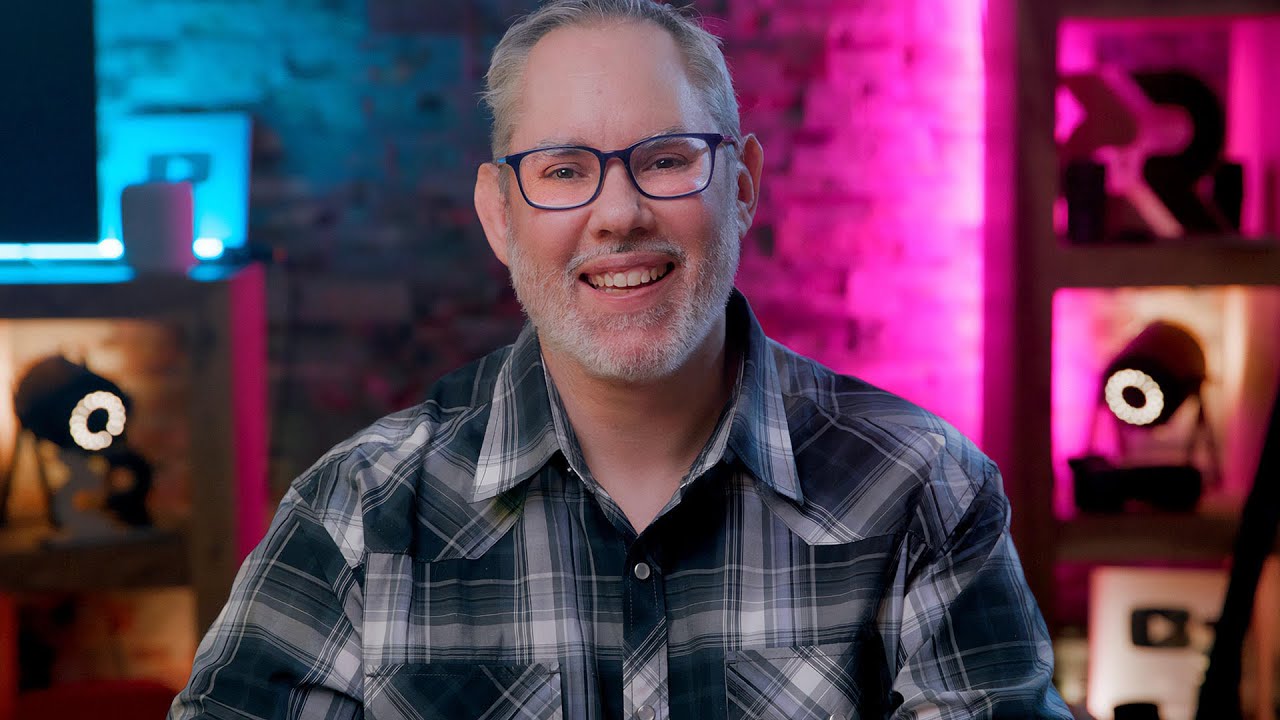
Rene Ritchie is one of the most respected Apple analysts in the business, reaching a combined audience of over 40 million readers a month. His YouTube channel, Vector, has over 90 thousand subscribers and 14 million views and his podcasts, including Debug, have been downloaded over 20 million times. He also regularly co-hosts MacBreak Weekly for the TWiT network and co-hosted CES Live! and Talk Mobile. Based in Montreal, Rene is a former director of product marketing, web developer, and graphic designer. He's authored several books and appeared on numerous television and radio segments to discuss Apple and the technology industry. When not working, he likes to cook, grapple, and spend time with his friends and family.
